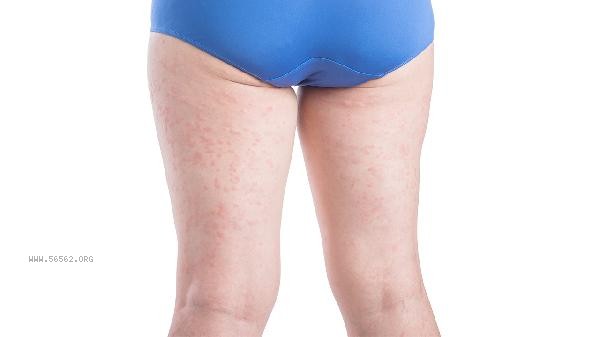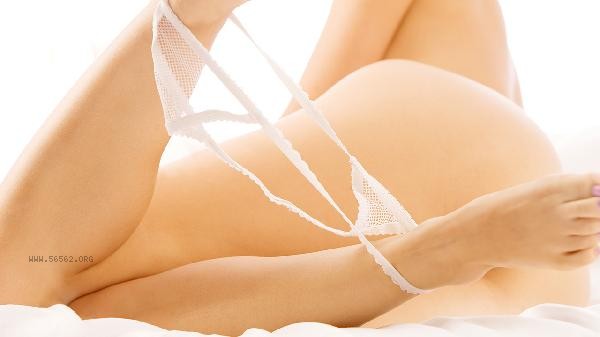Exercising the muscles of the buttocks and thighs can be achieved through movements such as squats, hard pulls, lunges, hip bridges, and leg lifts.

1. Squat
Squat is a basic movement for exercising the muscles of the buttocks and thighs, mainly stimulating the quadriceps, gluteus maximus, and hamstring muscles. Stand with your feet shoulder width apart, slightly extend your toes, keep your back straight when squatting, keep your knees below your toes, sit with your hips back until your thighs are parallel to the ground, and then get up. Heavy squats can increase difficulty, but attention should be paid to tightening the core to avoid compensating the waist.
2. Hard Pull
Hard pull targets the gluteus maximus, hamstring, and lower back muscle groups. Stand with both feet hip width apart, hold a barbell or dumbbell with both hands, bend your hips and bend down while keeping your spine neutral. Move the barbell down along your calves and feel the stretch on your hips and back of your thighs. Then use your hips to lift your hips and stand straight. Romanian hard pull focuses more on the hamstring muscles, while sumo hard pull provides stronger stimulation to the buttocks.
3. lunge squat
lunge squat can unilaterally strengthen the gluteal and leg muscles and improve muscle imbalance. Bend the front and back legs at a 90 degree angle, with the back knee close to the ground but not touching it, and the center of gravity moving vertically up and down. You can try variations such as lunge walking, Bulgarian leg squat, or holding dumbbells to increase the load. Pay attention to keeping the torso upright and avoid leaning forward.

4. Hip bridge
Hip bridge directly activates the gluteal muscle group, especially suitable for sedentary people. Lie on your back and bend your knees, with your heels close to your hips, contract your gluteal muscles to lift your hips up to your shoulders and knees in a straight line, and slowly descend after the peak contraction. A single leg hip bridge or weight-bearing can enhance strength, but it is important to avoid excessive arching of the waist that can lead to compensation.
5. Leg Lift
The leg lift equipment can accurately train the quadriceps and buttocks. Adjust the seat so that the knees are aligned with the center of the foot pedal, press the pedal firmly with both feet and hips at the same width, slowly bend the knees to 90 degrees, and then press up to avoid knee inward or locking. Changing the position of the feet can focus on different muscle groups, with high stomping emphasizing the buttocks and low stomping strengthening the front thigh.

It is recommended to schedule 2-3 hip and leg exercises per week, with 3-5 movements selected each time. Each group should repeat 8-12 times for 3-4 groups, with a 60 second break between groups. Warm up and stretch thoroughly before and after training to avoid muscle strains. In the initial stage, the focus was on passive movements, gradually increasing the weight. Combining protein intake and sufficient sleep can help with muscle repair and growth, while aerobic exercise can reduce fat accumulation and make muscle lines more distinct. If there is a history of joint pain or sports injury, the movement pattern should be adjusted under the guidance of a professional.








Comments (0)
Leave a Comment
No comments yet
Be the first to share your thoughts!